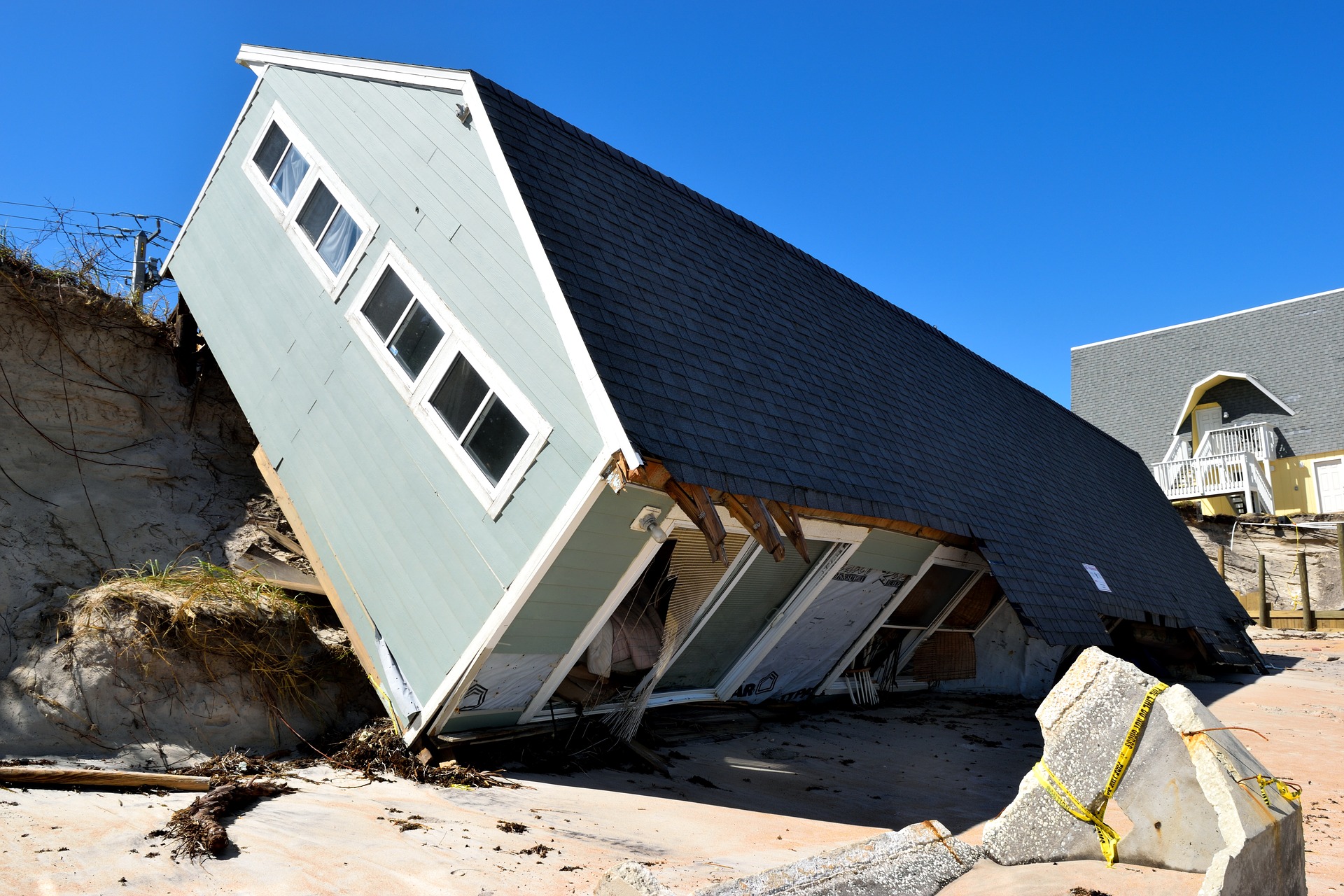When your home is affected by a major storm, it can be truly devastating. From hurricanes and floods to tornadoes and hail, your home is vulnerable to many potential disasters. You want to be ready to take care of your home and take the best course of action in the midst of devastating damage from a natural disaster.
In the wake of a storm, the clean-up can seem unsurmountable. If you want to get your life back on track while keeping your family safe, here are some repair and safety tips to effectively deal with your home damage and bounce back from a natural disaster.
Storm Damage
Dealing with damage from a hurricane, tornado, or particularly fierce storm can be extremely dangerous if you’re not a professional. After a storm, stay clear of all power lines and fallen objects such as trees or branches. If you plan to remove fallen trees or branches, be sure to use caution when operating a chainsaw or other tools.
As soon as it is safe to do so, document any damage that was done by the storm so you can pass it along to your insurance company for claims purposes. Once you’ve checked with your insurance company, reach out to certified roofing contractors to rebuild any external damage.
Choosing a local contracting company for your repair is paramount as it builds up your community and increases the likelihood, you’ll be able to work with a single contractor to help you fix all your big home repairs. There are certain contractors known as “storm chasers,” who travel into an area with known damage to fix your roof and reap the insurance claim money. Avoid these companies by choosing a contractor with a local office that has a stake in rebuilding the community.
If you are still in the home, be careful what appliances you use after a storm. Check to see that food in the fridge has not spoiled, and drink bottled (or boiled) water until a professional has deemed it safe for consumption.
Water Damage
Flooding is a devastating disaster that can cause untold damage to your home. Whether from a pipe burst, heavy rain, hurricane, or a malfunctioning appliance, dealing with water damage can be extremely stressful. The first thing you should do is call your insurance company and double-check that your policy covers flood damage, as not all do!
Be sure to take safety precautions as you begin to re-enter your home, as water and electricity do not mix. To be safe, it’s best to call an electrician to shut the power off rather than doing it yourself. Protect yourself when re-entering your home by wearing boots or other protective gear, as the water may not be safe to touch.
Time is of the essence when it comes to the growth of mold on your belongings and furniture, so start salvaging what you can immediately after a flood. Cleaning up 24-48 hours after the incident is best to minimize damage. Even after any standing water has been removed, you’ll have to continue to dry your home out to prevent mold from growing and creating a whole new headache!
Recovering from water damage can be incredibly frustrating, but if you take the time to do it right by involving your insurance company, thoroughly drying everything out to prevent mold growth, and calling a professional when needed, you will be able to move back into your home before you know it.
In the wake of a storm, you want to make sure to adequately prepare yourself and your family for the best course of action. If severe damage has occurred to your home, you will indeed need some home renovations to take place, but never attempt them on your own, especially after severe storm damage.
Prioritize safety, know when to consult a professional, and act quickly to get your life back on track and bounce back from a natural disaster.

